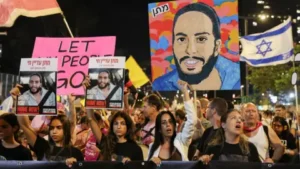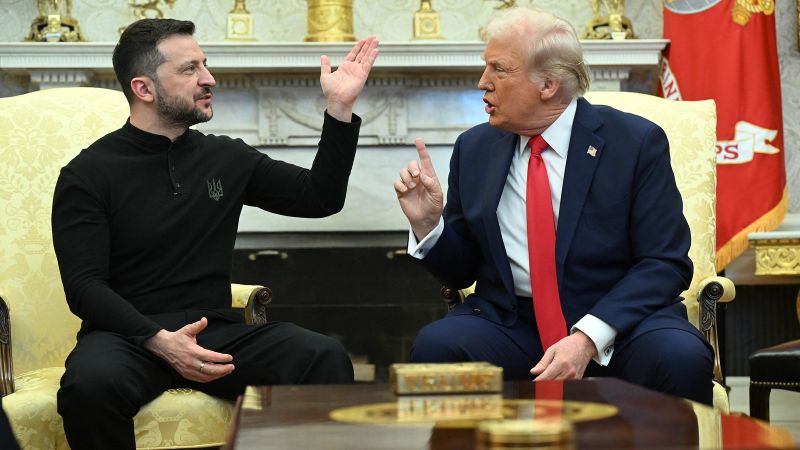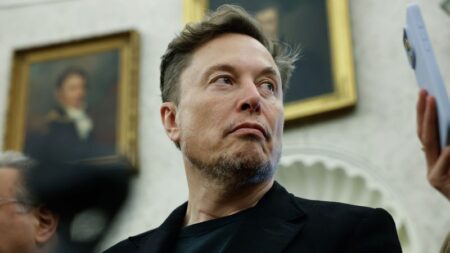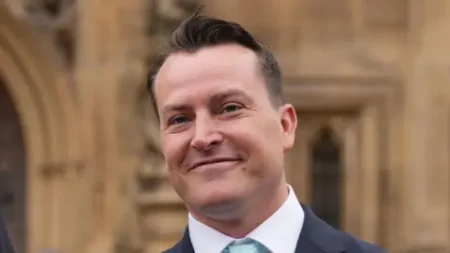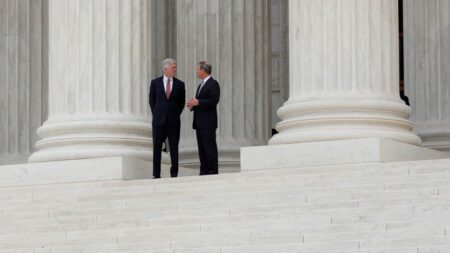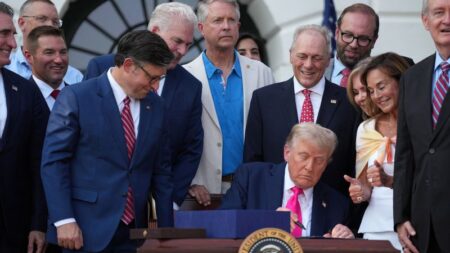The relationship between foreign leaders and the U.S. presidency has transformed notably during the Trump administration. Traditionally, visits to the White House were considered prime opportunities for diplomacy, characterized by warm exchanges and mutual respect. However, since President Donald Trump’s often aggressive and unpredictable approach became evident, particularly following his contentious meeting with Ukraine’s President Volodymyr Zelensky in February, these encounters have taken on an entirely different tone.
During the meeting between Trump and Zelensky, President Zelensky was publicly reprimanded for a perceived lack of gratitude, as Trump stated, “You’re not acting all that thankful.” This interaction, further escalated by Vice President JD Vance’s interjections, has alarmed numerous world leaders regarding the new dynamics at play within the Oval Office. The encounter devolved into a fiery exchange, with Trump threatening to abandon support for Ukraine amid its war with Russia, disrupting what were once understood protocols of diplomatic decorum.
As a consequence, diplomatic visits now require extensive new preparations from foreign leaders. Former senior diplomats have remarkably described the Trump White House as akin to a boxing ring or a theatrical set, where leaders must mentally gear up for a unique brand of diplomacy, aptly dubbed “diplomatic jiu-jitsu.” The new norm seems to emphasize flattery and careful navigation of Trump’s highly sensitive persona. French ambassador Gérard Araud noted that contradicting Trump in public is a risky venture, highlighting the president’s acute need for face-saving to maintain his image.
The upcoming visit from Israeli Prime Minister Benjamin Netanyahu illustrates this shifting landscape. Observing Trump’s strong stance regarding a ceasefire in Gaza, Israeli officials swiftly accepted a two-month ceasefire proposal preemptively, showcasing an effort to avoid backlash amid the changing environment of U.S.-Israeli relations. Such dynamics embody the new approach foreign leaders must adopt during interactions with Trump.
Former Lithuanian foreign minister Gabrielius Landsbergis echoed this situation, stating that Oval Office meetings have transformed into platforms where Trump can project an “alpha leader” persona. Trump himself recognized the performative aspect of diplomacy, quipping post-Zelensky meeting that “This is going to be great television.” This change illustrates a departure from the decorous, respectful meetings typical of previous administrations, with Mexico’s former ambassador to the U.S. describing the current dynamics as “diplomatic vandalism.”
The evolving nature of these meetings raises concerns among world leaders, especially European nations, some of which seem to remain in denial about the new reality. Within Trump’s Oval Office, adorned with golden details that reflect his interpretation of American history, diplomatic engagements now reflect a royal-like courtership rather than the bureaucratic machinery seen in past administrations. According to Araud, foreign dignitaries seeking influence must understand the necessity of personal access to Trump and his close circle, as direct engagements without such connection often lead to unproductive exchanges.
Former diplomatic protocol chief and ambassador, Rufus Gifford, highlighted the transformation from procedural respect, where meetings were intended to be dignified exchanges benefiting both leaders involved, to an environment where leaders must increasingly showcase admiration for Trump. Sarukhán, a Mexican diplomat involved in securing diplomatic nuances, noted that successful leaders often seek engaging activities, like formal receptions or exhibitions, to establish rapport during meetings, highlighting the symbolic potential of personal interactions.
To navigate through the unpredictable atmosphere generated under Trump’s guidance, foreign leaders now have to reconsider their strategies. Some are even advised to bear in mind the performative angles of their meetings, recognizing that pushing back against Trump or seeking to challenge him publicly can lead to confrontations that political ramifications in their home countries can’t afford.
Leaders like Landsbergis, however, weigh these risks against the unique opportunity the Oval Office presents to directly address vital geopolitical concerns, such as threats from Russia. Ultimately, to effectively engage with Trump, diplomats are instructed to treat him as a “whimsical and unpredictable child,” understanding that often decisions come from an impulsive place rather than strategic deliberation. These evolving diplomatic protocols showcase how the nature of international relations is shifting amidst an unprecedented political landscape.



